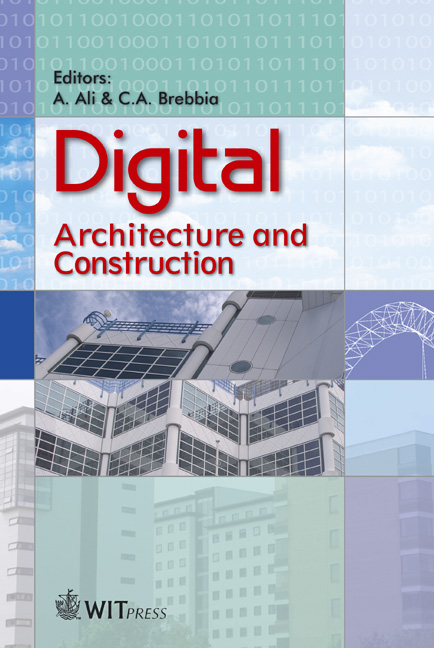Which New Semantic For New Shapes?
Price
Free (open access)
Transaction
Volume
90
Pages
10
Published
2006
Size
682 kb
Paper DOI
10.2495/DARC060011
Copyright
WIT Press
Author(s)
B. Colajanni, G. Pellitteri & S. Concialdi
Abstract
There are two innovations which have drastically changed the building process: the operational continuity of the design and construction phases, and the software allowing not only the representation but also the autonomous creation of complex shapes never before thought of just because they could not be represented. This last innovation gave rise to a new design paradigm whose tools, according to their supporters, are the most advanced fields of mathematics and information science. Some ways of using these new possibilities gave rise to a radical, problematic, change in the relationship net between the designer’s intentions, the shapes through which they express them (invented or self-generated) and their semantic contents. The most radical position skips the problem denying the necessity of such a semantic content. A further question is raised when the context is thought to intervene directly in the shaping process of a building envelope. Translating cultural influences into physical entities directly acting in transforming surfaces shapes entails a strongly idiosyncratic interpretation. Constructing a semantic code of shapes and context forces common to the sender (the architect that decides the shape) and the receiver of the communication (the social community in which the architecture is immersed) requires from the former a careful reflection on the meanings also beyond the sender’s intentions, with which the community reads the designed shapes, according to its cultural standard. The complexity of those processes has for a long time been the object of much debate. Some statements about the new paradigm seem to be metaphors rather than realities. Our contribution tries to detect some misunderstandings which a displaced use of some concepts has created have this nature. A design experiment is presented, that has been used as a test. Keywords: digital architecture, topology, morphing, context forces.
Keywords
digital architecture, topology, morphing, context forces.




